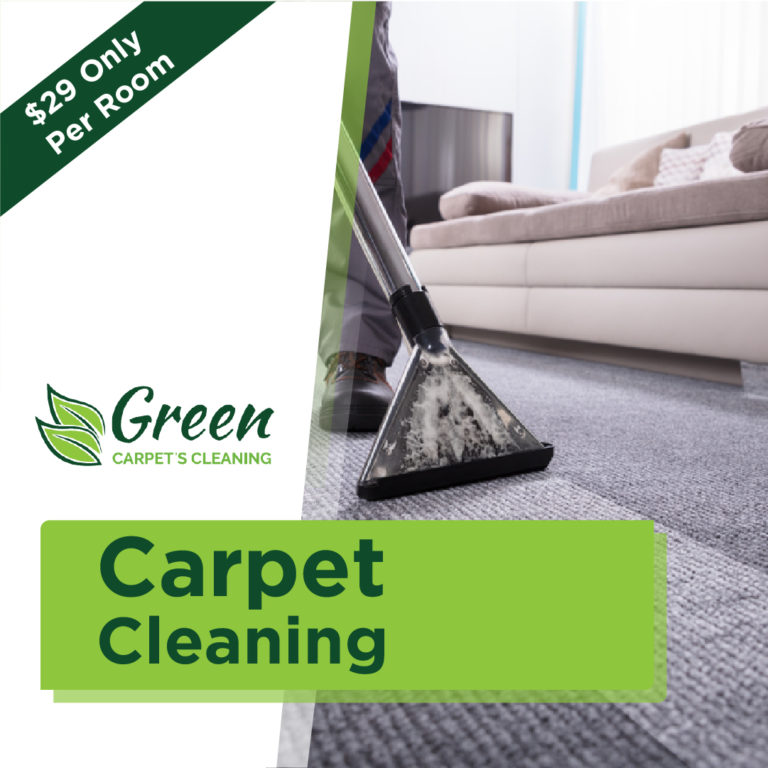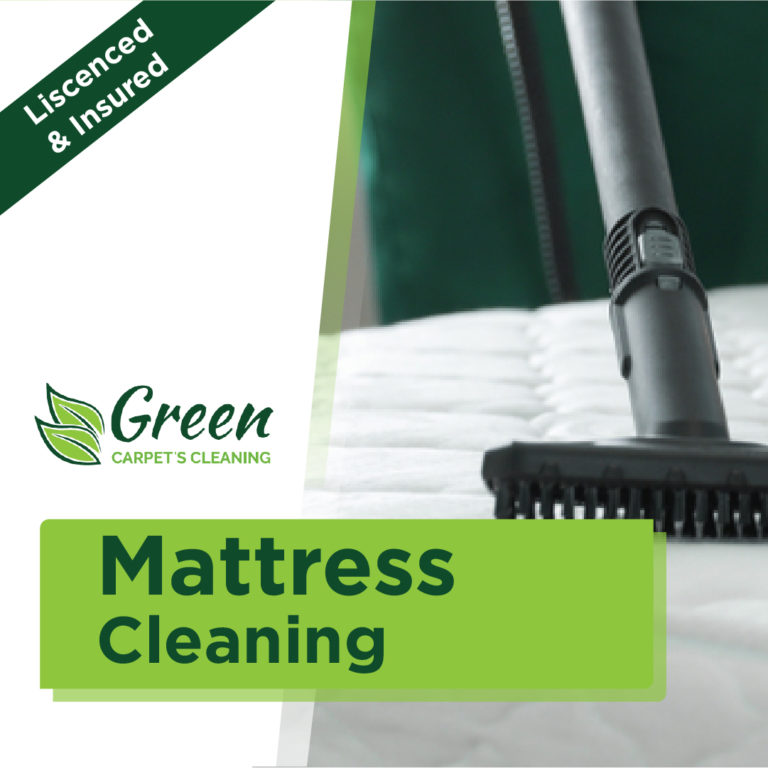Carpet fibers come in a wide variety of types.
Carpets can be made from a wide range of materials, including both natural and synthetic fibers. In their own ways, they’re all distinctive.
Nylon is the most widely produced kind. It has great resistance to wear and is not readily broken. Some kinds are treated to be stain-resistant since it is not very successful at eliminating stains.
Olefin carpeting is ideal for damp basements and other high-traffic areas because of its resistance to moisture, mold, and mildew. The tensile strength is greater than nylon, but the surface is less comfortable.
The reduced price of acrylic relative to wool has led to its widespread adoption. A lot of folks can’t get their hands on it easily.
Wool is the most popular choice for flooring since it is the only natural fiber that can be made into carpets. In addition to being stain- and wear-resistant, it also has a positive reputation as an eco-friendly flooring option.
Most carpets are made from one or more of four common fibers: wool, nylon, polypropylene (or olefin), and wool mixes. The knowledge of this is crucial while dealing with carpeting. Such fibers, which are exceedingly fine and resemble threads, are spun into yarn and then woven or tufted to create the carpet fabrics that are so commonplace in modern life. Before settling on a carpet, it’s important to learn the distinctions between the most common fiber kinds.
Evaluation of Quality
Carpet companies who claim to have a universal quality rating for their products should be approached with caution. Rather, think about how heavy something is and how dense it is.
The weight of the carpet is directly proportional to the number of fibers it contains. A higher-quality carpet will have more threads per square inch and therefore be heavier.
Both the total number of fibers and their packing density define the pile’s density. In this case, higher density is preferable. Using your fingers, you can perform a “field test” of the carpet’s density and determine whether or not it is dense; if you can feel the carpet’s backing, it is likely not very dense.
Terms That Have Been Misused
Commonly known as carpets, this category of area rugs includes popular options including the Persian carpet and the sisal carpet. Both are built with a loop pile design.
When it comes to flooring for the home, wool carpeting is usually the first choice. Inherent in the particular protein structures of the sheep hair used to form the carpet fibers is durability and longevity that makes wool carpet an ideal flooring material. Wool carpeting is a great option because it is both hypoallergenic and kind to the planet. Wool carpeting also has intrinsic fire resistance, air purification, and moisture management, all of which contribute to an incredibly safe and healthy interior environment. Wool can be dyed, patterned, and textured in an infinite variety of ways.
The illustrious DuPont Company initially introduced the world to nylon in 1938, making it another well-known type of fiber. Nylon is a synthetic fiber derived from the petrochemical industry that combines carbon, nitrogen, oxygen, and hydrogen. Particularly after undergoing a process that renders it stain-resistant, nylon boasts remarkable soil-resisting characteristics. As a result of the unique properties of the treated nylon strands, a nylon carpet that has been professionally cleaned can seem as good as new even after many years have gone by. Carpet buyers often choose a wool-and-nylon blend comprising about 80% wool and 20% nylon. Wool mixes often offer the higher durability of wool as well as the superior stain resistance of treated nylon. The finest of both worlds can be found in these combinations. Blends can also include synthetic fibers like polyester and acrylic.
Carpet inspection by Green Carpet’s Cleaning: Any news? Hire a carpet cleaner who can do Same Day Carpet Cleaning Santa Paula service.
Can it be washed out of your hair Santa Paula
Extending a Hand in Companionship Santa Paula














